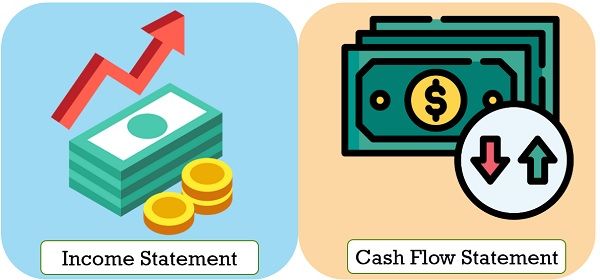Assessing impairment is a critical process that allows businesses to accurately determine the value of their assets and make informed financial decisions. However, it is not a simple task. Impairment valuation requires a strategic approach and careful consideration of various factors. In this blog post, we will explore the art of assessing impairment and share strategies that can help ensure accurate valuation results.
Understand Applicable Accounting Standards:

To begin the impairment assessment, it is crucial to have a comprehensive understanding of the relevant accounting standards, such as Generally Accepted Accounting Principles (GAAP) or International Financial Reporting Standards (IFRS). Familiarise yourself with the guidelines for impairment testing and recognize the key indicators that trigger the valuation process.
Perform Detailed Asset Analysis:

Conduct a thorough analysis of the assets under assessment. Evaluate their historical performance, market conditions, technological advancements, and legal or regulatory changes that might impact their value. Understanding the specific characteristics of each asset will aid in determining the appropriate impairment testing methodology.
Select Suitable Valuation Approaches:

Choose the most suitable valuation approaches based on the nature of the assets being evaluated. Common methodologies include the income approach, market approach, and cost approach. Each approach has its strengths and limitations, so a combination or hybrid approach might be necessary for an accurate valuation.
Utilise Relevant Data and Market Insights:

Accurate impairment valuation relies on reliable data and up-to-date market insights. Gather and analyze relevant information such as comparable sales data, industry trends, and economic indicators. These inputs will support your valuation assumptions and strengthen the credibility of your assessment.
Engage Expertise and Seek External Validation:

Impairment valuation can be complex, and it often benefits from the expertise of professionals. Engage experienced valuation specialists or consultants to ensure that the valuation process follows best practices and industry standards. Seeking external validation can enhance the accuracy and objectivity of your assessments.
Consider Future Cash Flows and Discount Rates:

- When assessing impairment, it is important to evaluate the expected future cash flows generated by the assets. Properly estimate revenue projections, expenses, and other relevant factors to gauge the assets’ potential. Additionally, selecting an appropriate discount rate is crucial to determine the present value of future cash flows.
- Document Assumptions and Justifications: Thorough documentation is essential to support the impairment valuation results. Clearly outline the assumptions made during the assessment and provide justifications for the selected approaches, data sources, and valuation inputs. Well-documented reports enhance transparency and facilitate future audits or reviews.
Conclusion:
Assessing impairment is an art that requires a strategic and meticulous approach. By understanding applicable accounting standards, conducting detailed asset analysis, employing suitable valuation approaches, utilizing relevant data and market insights, engaging expertise, considering future cash flows and discount rates, and documenting the process thoroughly, you can ensure accurate valation results. This, in turn, empowers businesses to make informed decisions and navigate financial challenges effectively
Check our social media presence

